It goes without saying that mothballs are for moths. But can you use them for roaches too? What happens when you put mothballs in different parts of your home where cockroaches love to hide? Would they attract or repel these dreadful insects? That's what we asked the experts and here's their answer.
Roaches don't like the smell of mothballs which is why these insecticides will repel them away from your home. However, mothballs do not kill cockroaches so these are supposed to be used together with pesticides specially formulated to target these insects to solve the infestation in your house.
Keep on reading to know more about mothballs and how they work to keep roaches at bay. We'll also talk about the places around your house where you should put mothballs. We'll also answer why the use of these insecticide balls isn't popular anymore. Let's get this started!
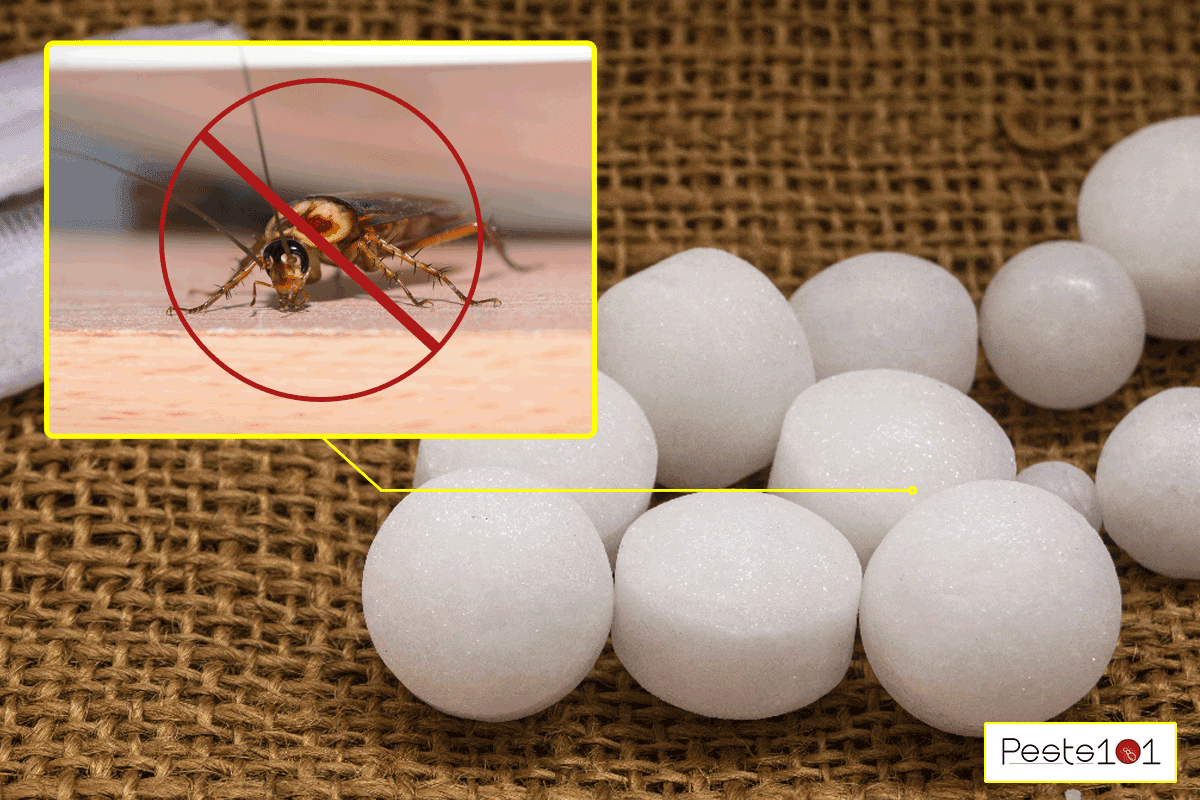
Do mothballs keep roaches away?
Everyone knows that mothballs are used to kill moths specifically those that have made their home in the closets where clothes are stored. But is this all that mothballs are used for?
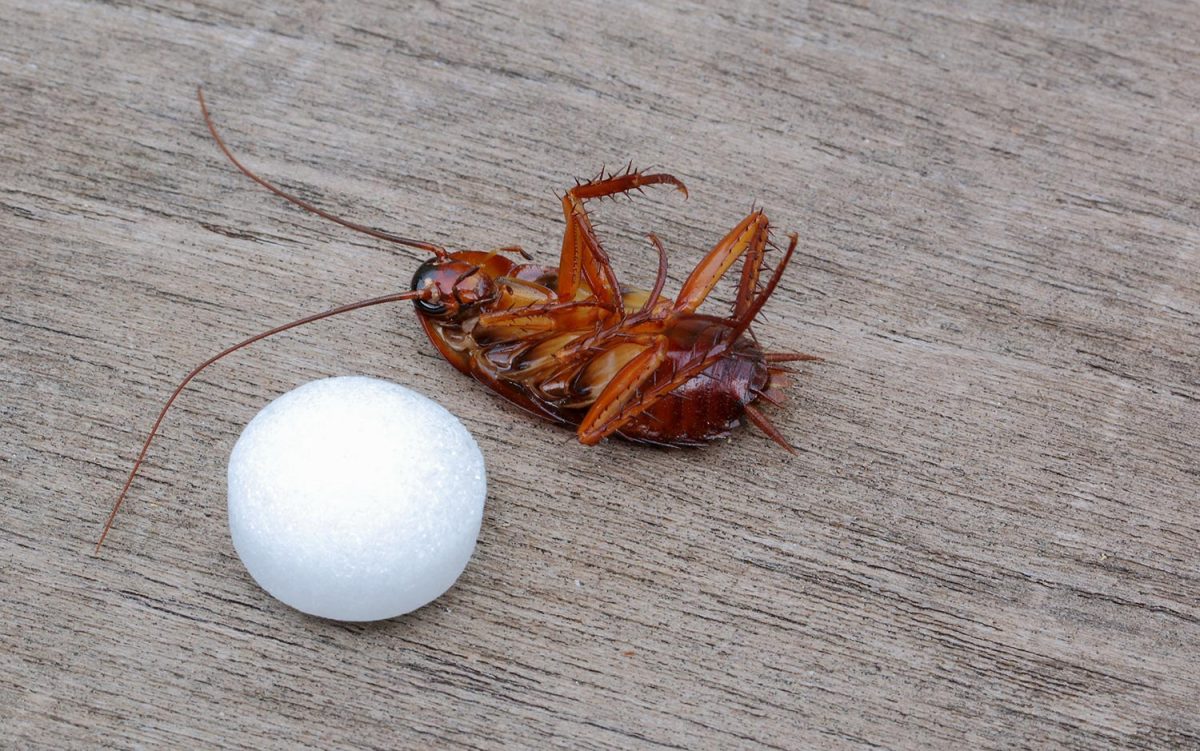
Mothballs are insecticides that typically come in a ball shape but some also come in discs, blocks, crystals, or packet form. Their active ingredient is either naphthalene (which is why they're also called naphthalene balls) or it could also be paradichlorobenzene.
Aside from being an insecticide, it is also a deodorizer that helps remove unpleasant odors in a given space or place.
Find these old-fashioned mothballs on Amazon.
Not everyone may know this, but other people have found ingenious uses of mothballs around the house. One of them is repelling cockroaches. After all, who wants to have these disgusting insects inside the house, right?
Aside from looking creepy, roaches can also damage your belongings such as electronics, clothes, books, and paper. Worst of all, they are very unhygienic and carry diseases such as Typhoid and polio.
Cockroaches don't like the smell of mothballs. That's why when you put these insecticides in strategic locations in your house, you could prevent these roaches from going anywhere near your home.
The scent repels them. There have also been some cases wherein these pests have died due to suffocation from the toxic smell of mothballs.
However, take note that these insecticides shouldn't be used as a pest control measure if you have a cockroach infestation at home. You would still need to address the issue of how to properly get rid of these pests for good.
Cockroaches are hardy creatures and they can easily adapt to the smell of mothballs. They can just repel cockroaches for a given time so you have to find ways to eliminate and prevent them from coming back to your house.
Where do you put mothballs for roaches?
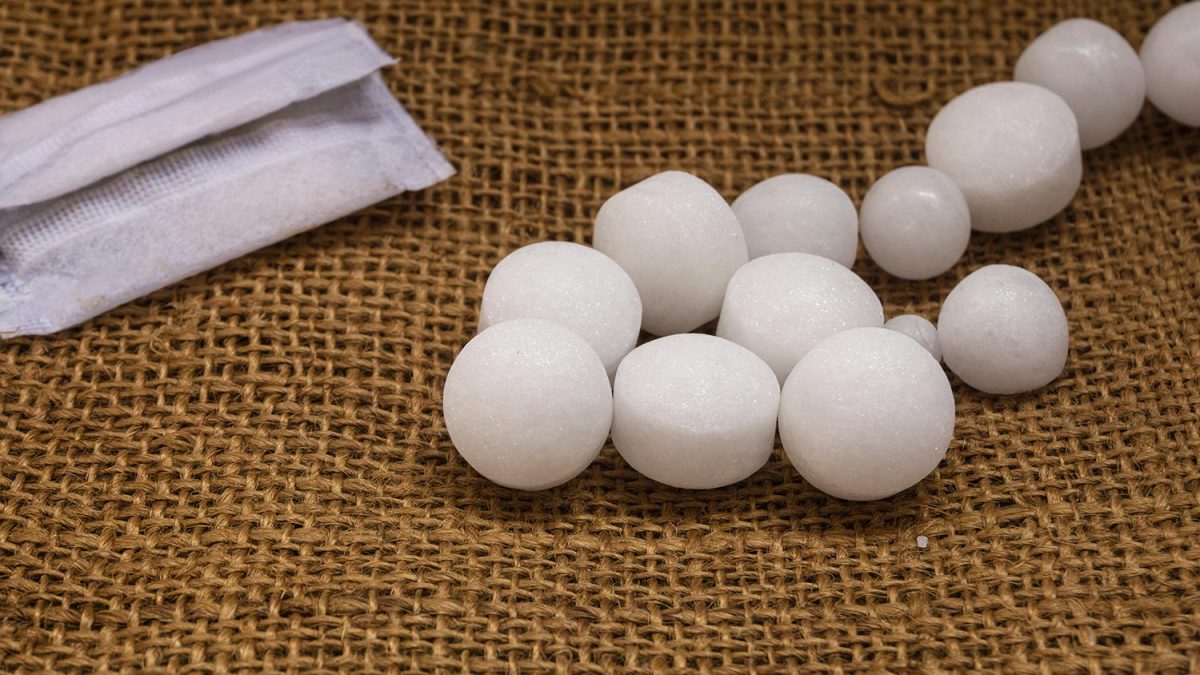
Since roaches don't like the smell of mothballs, you can use these balls of insecticide to drive them away from your house. But of course, you have to put them in strategic places. You should know where roaches like to hide or where they enter going to your house in the first place.
Cockroaches love dark and damp places which is why it is often recommended that you put mothballs in the cabinet under the sink and around sewer pipes. You can also usually find them in your laundry room or bathroom.
They also like to stay near their source of food so you can put mothballs in your trash bins and underneath the stove.
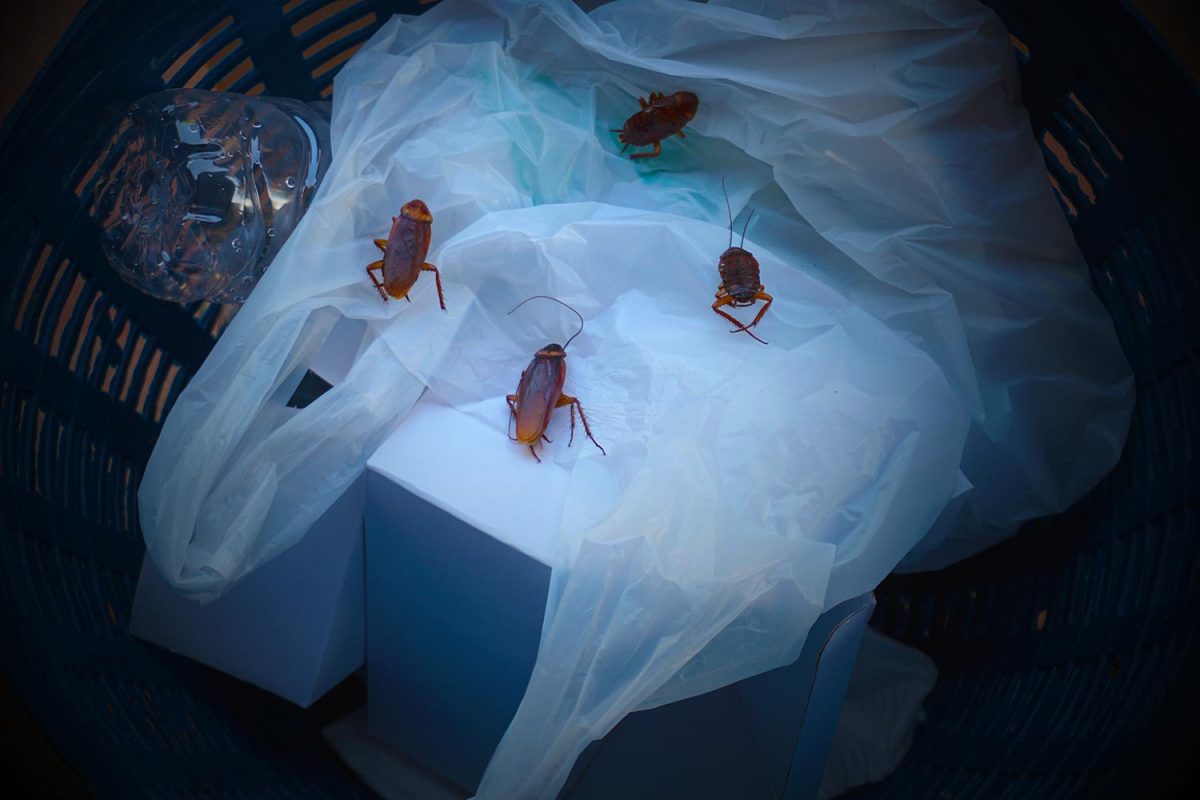
You can also observe their entry points to your house so you can put packets of mothballs there too. These are your doors, windows, or if you have small openings that lead inside your home (that you have to seal ASAP).
Be prepared with your cockroach killers also because putting mothballs in these areas will draw them out of their hiding places and you'll suddenly see them all over your house.
Click this link to find this cockroach killer on Amazon.
Make sure that you put these insecticide balls in places that are out of reach of children and pets as these balls can be hazardous to their health once touched or ingested. Don't put them near your food or where you prepare your dishes as these are poisonous.
Take note also that since mothballs sublimate, they'll disappear over time. Experts say that they are good for three to six months depending on where you put them. If you place them in an enclosed area, they could even last for a year.
So, if you plan to continue using these balls as a cockroach repellent, you have to replace them from time to time.
How do mothballs work?
As mentioned earlier, mothballs are insecticides. They release toxic fumes as they sublimate even at ambient temperature.

When inhaled by moths and other target pests, the pungent smell blocks their respiratory system causing difficulty in breathing and leading to their death. The fumes also kill their larvae.
This form of insecticide is fast-acting. It immediately gets to work as soon as you place it on the surface. Although it would work best in an enclosed or airtight container so that the fumes are held in a particular space.
This is also partly the reason why mothballs are intended for indoor use only. They wouldn't be as effective if you put them in an open space where there is good ventilation. The fumes won't be strong enough as they mix with other elements in the air. Besides, mothballs are harmful to the environment.
Each mothball is only effective in covering a certain amount of enclosed space as you will find on the product label. If you have a bigger space, you'll need to use more of these balls.
Why don't we use mothballs anymore?
You might notice a decline in the popularity of mothballs. Whereas you would probably go to your grandma's or aunt's place before and catch a whiff of these insecticide deodorizer balls, the younger generation might not have the same experience anymore.
The main reason for the decline in using mothballs in households is that these are toxic. Yes, the fumes aren't just toxic for moths but also for humans and house pets too.
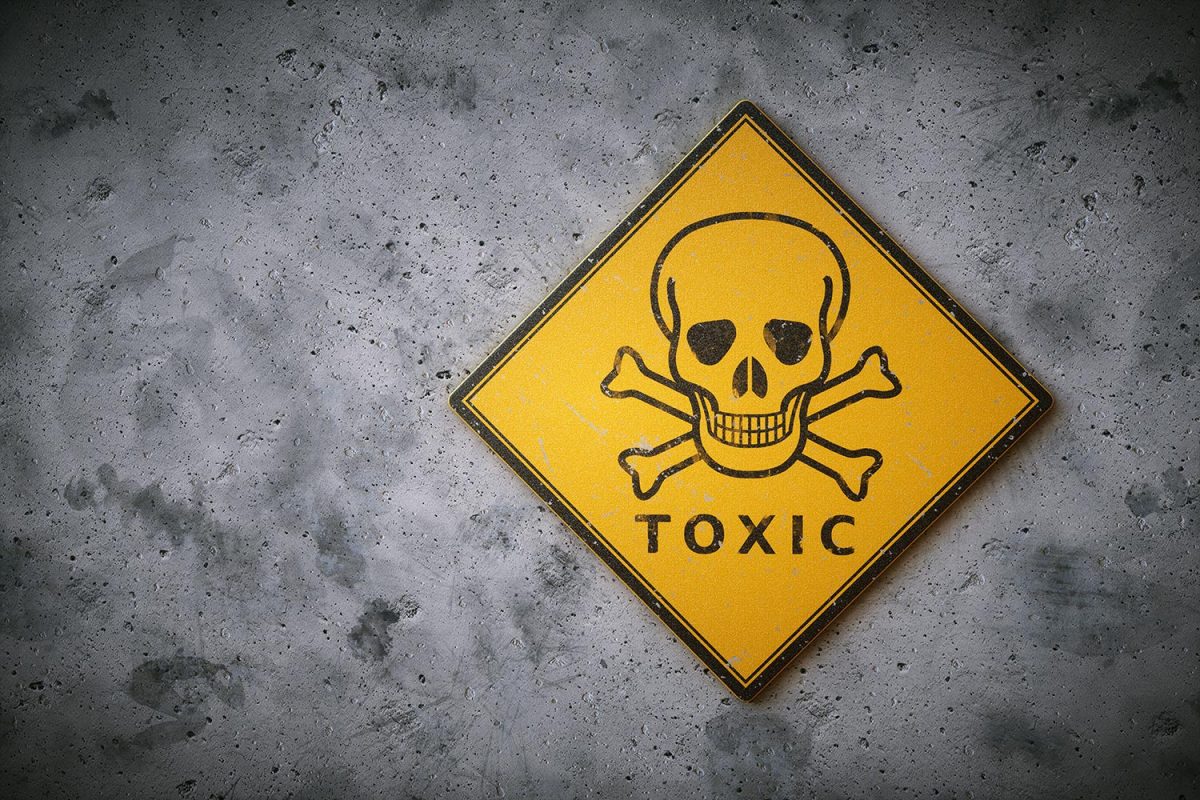
They are also bad for the environment. In fact, Naphthalene-based products have been banned in Europe and are illegal to use in the US.
They can cause dizziness, nausea, abdominal pain, and vomiting. Severe cases of mothball poisoning could lead to seizures and coma. Naphthalene and paradichlorobenzene are also believed to be carcinogenic.
The toxic chemicals can enter your body by merely touching these little insecticide balls. The chemicals would be dissolved in your blood and they would be carried to different parts of your body.
There have also been cases of poisoning simply by wearing wool clothes that have been stored with mothballs. The pungent smell clings to the material and since the clothes are worn close to the body, the toxic fumes can easily be inhaled by the ones wearing the stored clothing.
Mothballs just aren't safe to use inside the house. That's why people look for safer alternatives to mothballs like lavender sachets, cedar chips, rosemary, and thyme. Their smell can also keep roaches away but they have low toxicity since they are made from natural ingredients.
Check out these lavender sachets and cedar bags on Amazon.
Final Thoughts
Mothballs repel roaches. Use them strategically and safely to avoid causing harm to the health of your family and pets. But note that this is not enough to control a cockroach infestation which has to be addressed right away.
For more tips and recommendations about pest control solutions, you may visit the following posts:



